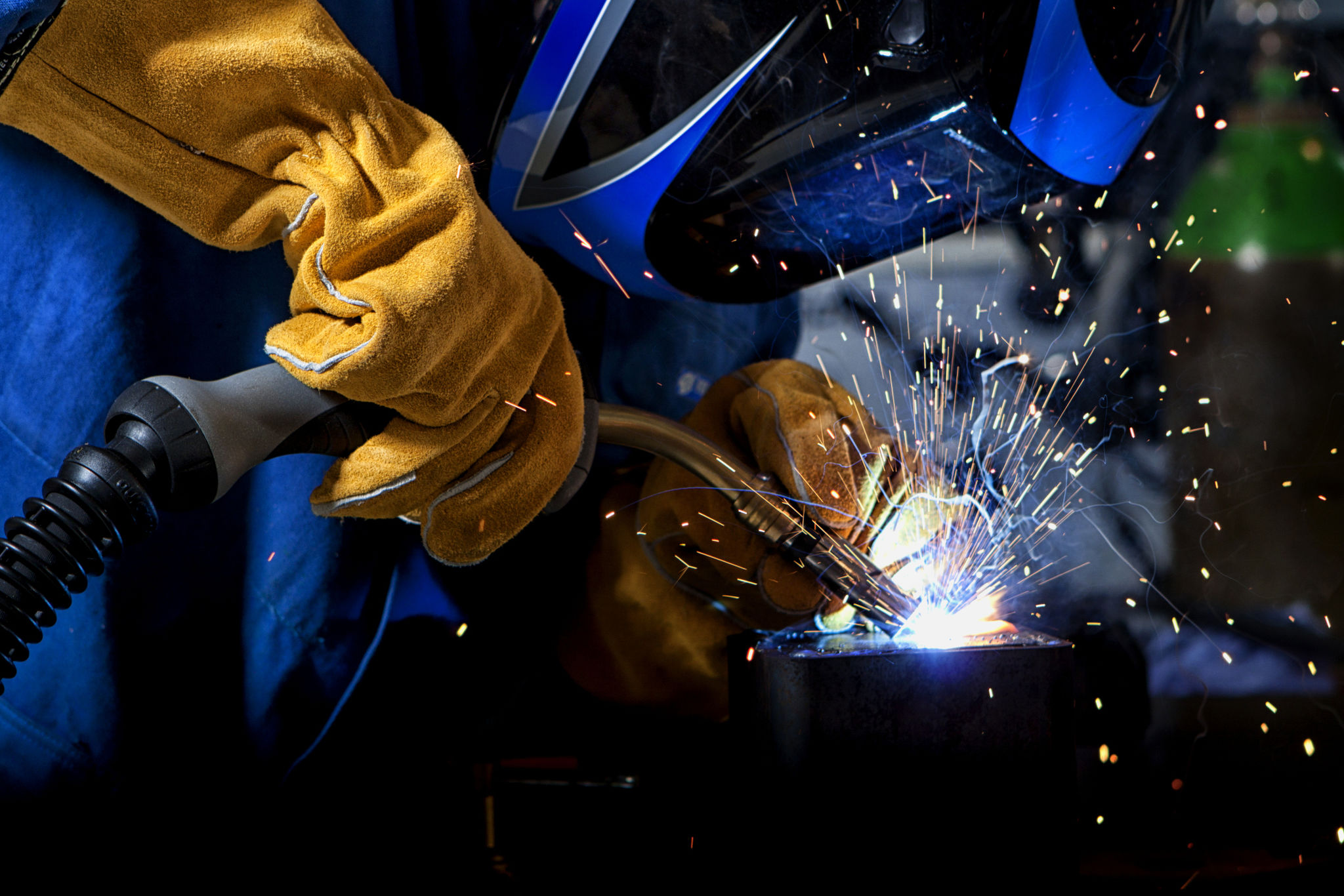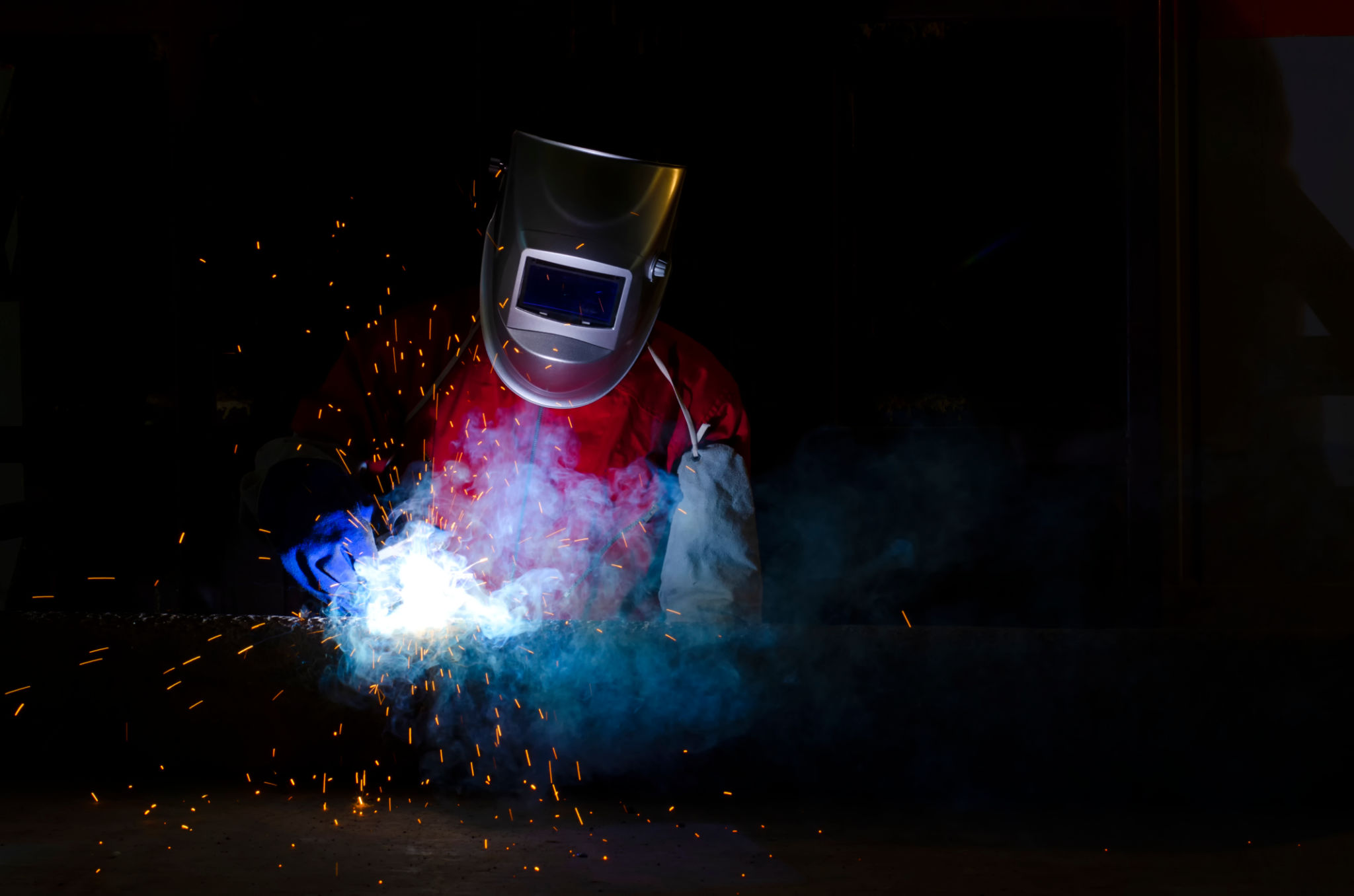DIY Welding Projects: A Beginner's Guide to Getting Started
Understanding the Basics of Welding
Welding is a versatile skill that allows you to join metals together, creating strong and durable structures. As a beginner, it might seem daunting, but with the right guidance, anyone can start welding projects at home. It's important to grasp the basic principles and safety precautions before diving into your first welding project.
There are several types of welding techniques, but for beginners, MIG (Metal Inert Gas) welding is often recommended because of its ease of use. It involves feeding a wire through a gun and joining metal pieces using an electric arc. This method is well-suited for DIY projects and hobbyists.

Essential Tools and Safety Gear
Before starting any welding project, it's crucial to have the right tools and safety equipment. Here's a list of essentials you'll need:
- Welding Machine: A MIG welder is ideal for beginners.
- Welding Helmet: Protects your eyes and face from sparks and harmful UV rays.
- Gloves and Aprons: Heat-resistant gloves and aprons protect against burns.
- Wire Brush: Used for cleaning metal surfaces before welding.
- Clamps: Essential for holding metal pieces in place.
Safety should always be your top priority. Make sure your workspace is well-ventilated to avoid inhaling fumes, and always wear protective gear while welding.
Choosing Your First Project
When selecting your first DIY welding project, start small and simple. Projects like a metal coat rack, a garden trellis, or a simple table frame are excellent for beginners. These projects help build foundational skills without overwhelming complexity.

Consider the materials you'll be working with. Steel is a popular choice for beginners due to its availability and ease of welding. Ensure you have all the necessary materials before starting your project to avoid unnecessary interruptions.
Step-by-Step Approach to Welding
Tackling a welding project involves several steps. Follow this basic process for a successful outcome:
- Preparation: Clean and prepare your metal pieces using a wire brush or grinder.
- Tacking: Temporarily join the pieces with small welds, allowing you to adjust them as needed.
- Welding: Use the MIG welder to create continuous seams along the joints.
- Finishing: Smooth out any rough edges with a grinder and apply a protective coating to prevent rust.

Troubleshooting Common Issues
As you begin welding, you may encounter some common issues such as poor penetration or excessive spatter. These can often be resolved by adjusting the settings on your welder or ensuring proper cleaning of the metal surfaces. Practice makes perfect, so don't be discouraged by initial challenges.
If you're unsure about anything, numerous online resources and communities can provide support and advice. Watching tutorials or reading forums can offer practical tips and boost your confidence in tackling new projects.
Enhancing Your Skills
Once you've completed a few basic projects, you can gradually take on more complex tasks. Experiment with different metals like aluminum or stainless steel, which require different techniques. Consider taking a local welding class to refine your skills further.
As you grow more comfortable with welding, you'll discover endless possibilities for creating functional and artistic projects. From custom furniture to decorative art pieces, welding opens up a world of creative opportunities.

Remember, patience and persistence are key in mastering welding. With practice and passion, you'll soon be able to tackle even the most ambitious DIY welding projects with confidence.
